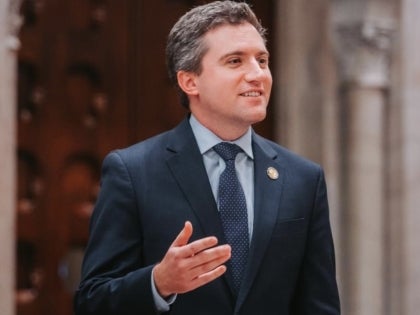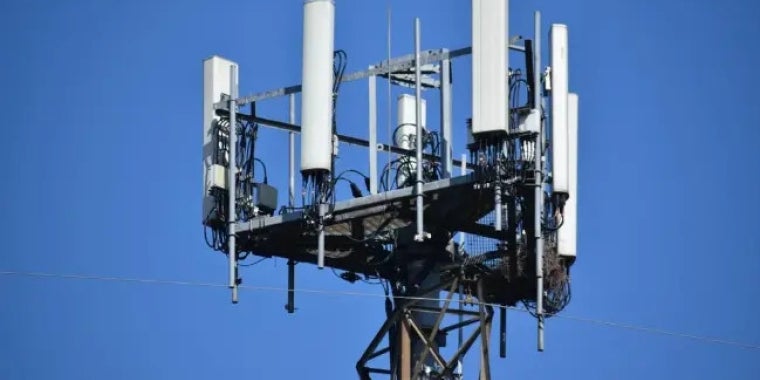
Too Hot to Learn, or Teach?
Learning can be challenging enough without a sweltering classroom.
Many students face this situation, as global warming has forced schools locally and worldwide to find ways to cool buildings during warmer months. In New York, it has inspired a legislative proposal to cap classroom temperatures.
Last week in Beacon, voters overwhelmingly approved a $50 million capital plan, a quarter of which will pay for HVAC upgrades that include “cooling centers” at Rombout Middle School and the district’s four elementary schools, said Matt Landahl, the superintendent.
The cooling centers will be larger spaces such as cafeterias and gyms that can be used to “address the hazards associated with high heat days, wildfire smoke and periods with high cases of infectious disease,” he said.
“High heat” days are increasing locally. Ninety-degree days in the Hudson Valley have grown from about 10 a year in the 1970s to 30 or more today, according to data compiled by the New York State Water Resources Institute at Cornell University. By 2050, the number is projected to rise to 50.
State Sen. James Skoufis, a Democrat from Cornwall, in Orange County, is the lead sponsor (and Sen. Rob Rolison, a Republican whose district includes the Highlands, is a co-sponsor) of legislation requiring classrooms to be evacuated if their temperature exceeds 87 degrees. Classrooms that hit 82 degrees would require fans, AC window units or open windows.
“Over the past several years, I have tried to build awareness of this issue,” Skoufis said. “We’re at a tipping point.”
Melinda Person, president of New York State United Teachers, representing 600,000 educators, noted that “even animal shelters have maximum heat limits. Our schools do not, and it is disrespectful to our students and educators. When schools are too hot, students can’t learn, and teachers can’t teach.”


